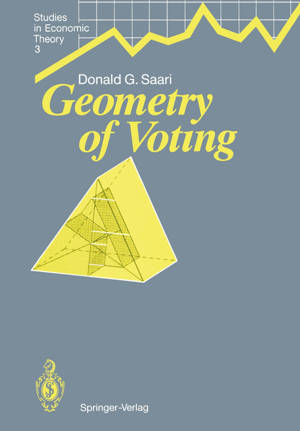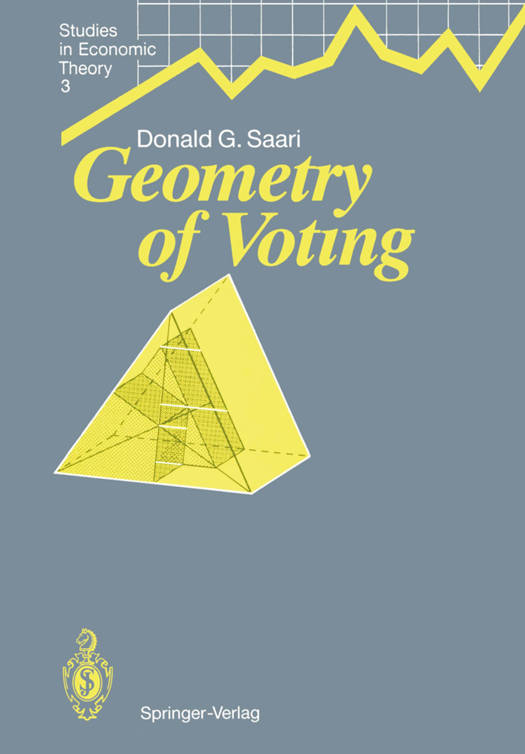
- Afhalen na 1 uur in een winkel met voorraad
- Gratis thuislevering in België vanaf € 30
- Ruim aanbod met 7 miljoen producten
- Afhalen na 1 uur in een winkel met voorraad
- Gratis thuislevering in België vanaf € 30
- Ruim aanbod met 7 miljoen producten
Zoeken
€ 105,45
+ 210 punten
Omschrijving
Over two centuries of theory and practical experience have taught us that election and decision procedures do not behave as expected. Instead, we now know that when different tallying methods are applied to the same ballots, radically different outcomes can emerge, that most procedures can select the candidate, the voters view as being inferior, and that some commonly used methods have the disturbing anomaly that a winning candidate can lose after receiving added support. A geometric theory is developed to remove much of the mystery of three-candidate voting procedures. In this manner, the spectrum of election outcomes from all positional methods can be compared, new flaws with widely accepted concepts (such as the "Condorcet winner") are identified, and extensions to standard results (e.g. Black's single-peakedness) are obtained. Many of these results are based on the "profile coordinates" introduced here, which makes it possible to "see" the set of all possible voters' preferences leading to specified election outcomes. Thus, it now is possible to visually compare the likelihood of various conclusions. Also, geometry is applied to apportionment methods to uncover new explanations why such methods can create troubling problems.
Specificaties
Betrokkenen
- Auteur(s):
- Uitgeverij:
Inhoud
- Aantal bladzijden:
- 372
- Taal:
- Engels
- Reeks:
- Reeksnummer:
- nr. 3
Eigenschappen
- Productcode (EAN):
- 9783642486463
- Verschijningsdatum:
- 18/04/2012
- Uitvoering:
- Paperback
- Formaat:
- Trade paperback (VS)
- Afmetingen:
- 170 mm x 244 mm
- Gewicht:
- 630 g

Alleen bij Standaard Boekhandel
+ 210 punten op je klantenkaart van Standaard Boekhandel
Beoordelingen
We publiceren alleen reviews die voldoen aan de voorwaarden voor reviews. Bekijk onze voorwaarden voor reviews.











